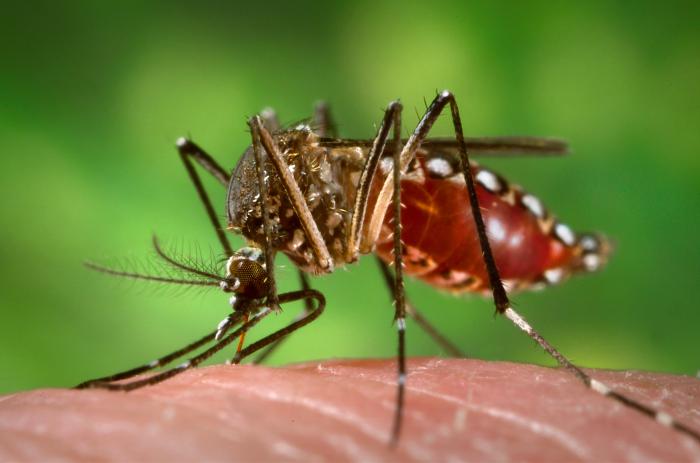 |
| American shad |
Recent electrofishing surveys have given us more information on the Millstone River Fishery. http://www.njfishandwildlife.com/artmillstone.htm In an
article by Shawn Crouse, Principal Fisheries Biologist for the Bureau of Freshwater Fisheries, we learn that the American Shad have been on the move in NJ.
Efforts are being made to restore migratory routes of anadromous fish species (those which live in the ocean but spawn in fresh water), including river herring and American Shad.
Several dam removals have taken place along the Raritan, Musconetcong, and Millstone Rivers in recent years, with more on the way, including those along the Paulins Kill (i.e. Columbia Lake).
Shad fishing on the Delaware River has been very good for several spring seasons. Fishing for American Shad is prohibited on all other New Jersey waters, as populations recover.
To restore American Shad and other migratory fishes by reconnecting historic migratory pathways, the Millstone River's Weston Causeway Dam was removed during the summer of 2017.
The Weston Causeway Dam, located just downstream of the Wilhousky Street bridge in Manville, was the first impediment to fish passage on the Millstone River. This 133-foot long and five-foot high dam was originally built to provide power at the Weston Mill. The site included a gristmill, sawmill, the dam, and associated waterpower features. The dam had no current purpose; the mill buildings were claimed by arson in July, 1983. In recent years, the dam had partially failed and was removed in August of 2017 as part of a Natural Resource Damage Assessment settlement agreement.
The Division of Fish and Wildlife (with assistance from the US Fish and Wildlife Service and the Watershed Institute (formerly Stonybrook-Millstone Watershed Association)) are committed to monitor changes to the fish assemblages above and below the dam, before and after dam removal.
The 38-mile-long Millstone River, a tributary of the Raritan River, has a diversity with more than fifty species found in recent years. Migratory species, including American Shad, Gizzard Shad, Blueback Herring, Striped Bass, and American Eel, have been documented passing the Island Farm Weir fish ladder on the Raritan River near its confluence with the Millstone River, approximately 1.5 miles downstream of the former Weston Causeway Dam.
The Millstone River offers an assortment of resident gamefish including both Largemouth and Smallmouth Bass, an abundance of panfish, and trophy-sized carp. The river is stocked annually with Northern Pike, however, those who fish it benefit from some of other nearby waterways stocked by the Hackettstown State Fish Hatchery. Channel Catfish are plentiful in the Millstone, which are presumably transplants from the neighboring annually-stocked Delaware & Raritan (D&R) Canal. Muskies are occasionally captured, possibly originating from the D&R Canal or Carnegie Lake stockings. Transient Walleye, which are not stocked in the watershed, are likely making their way from the Delaware River via the D&R Canal. In fact, sizable Walleye (up to 6 pounds) were found in most surveys in the lower Millstone River. Stocked Rainbow Trout appear as well, coming from any number of trout stocked waters in the watershed. A rigorous fish stocking program is not necessary, as a respectable fishery currently exists, in fact additional stocking of top predators may be counterproductive to the recovering American Shad population.
In the lower reaches, the most numerous species captured were American Eel, Common Carp, Redbreast Sunfish, Bluegills, and Spottail Shiner, with moderate numbers of Largemouth and Smallmouth Bass and Channel Catfish. The surveys near Blackwells Mills and Griggstown, where the river is noticeably smaller in every measurable way, yielded large numbers of American Eel, Redbreast Sunfish, Bluegill, and native forage species such as Spottail Shiner and Tessellated Darter.
Less commonly known species such as the Comely Shiner and Shield Darter (potential for listing as a Species of Special Concern) are also found in the Millstone, along with the Bridle Shiner in its tributaries, a potential State Endangered Species.
Other fishes of conservation interest, and more often found in the Pinelands, are found in the southern-most headwaters including the beautiful Bluespotted Sunfish, Mud Sunfish (potential Species of Special Concern), Swamp Darter, Tadpole Madtom, and the Pirate Perch.
 |
| Emily Powers, Hourly Fisheries Technician and Cathy Marion, USFWS biologist, despite their smiles, are holding an invasive Grass Carp that measured 46 inches and weighed almost 52 pounds. The species is fairly common in the lower Millstone River. |
This all sounds positive, but while the removal of dams is considered an environmental win, negative impacts also may occur. This action also can expand the range of several invasive species including Grass Carp, Flathead Catfish, Green Sunfish, and Oriental Weatherfish. Other non-desirable fishes, such as Mosquitofish and Common Carp, which have been found in the lower Millstone River, may also extend their range upstream. By rule, anglers are actually required to humanely destroy species regulated as "Potentially Dangerous Fish."
















.jpg)










